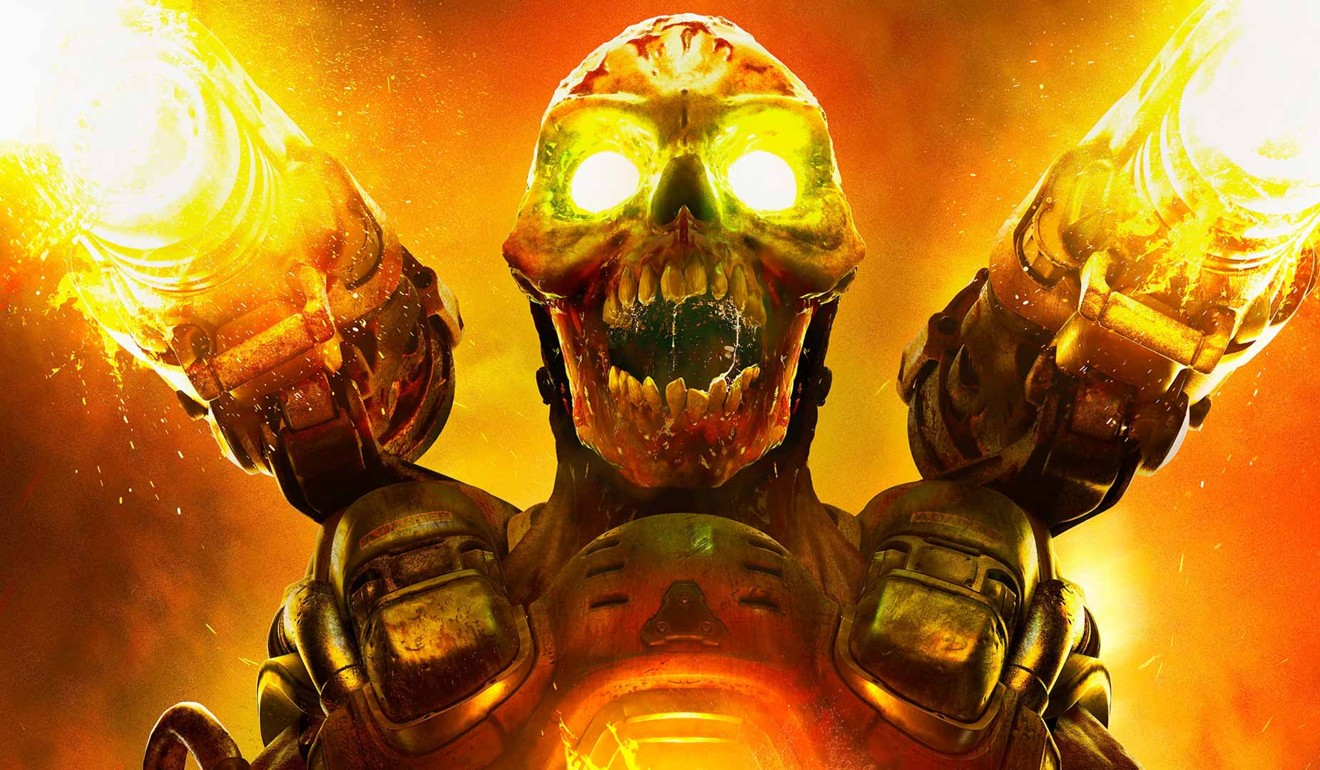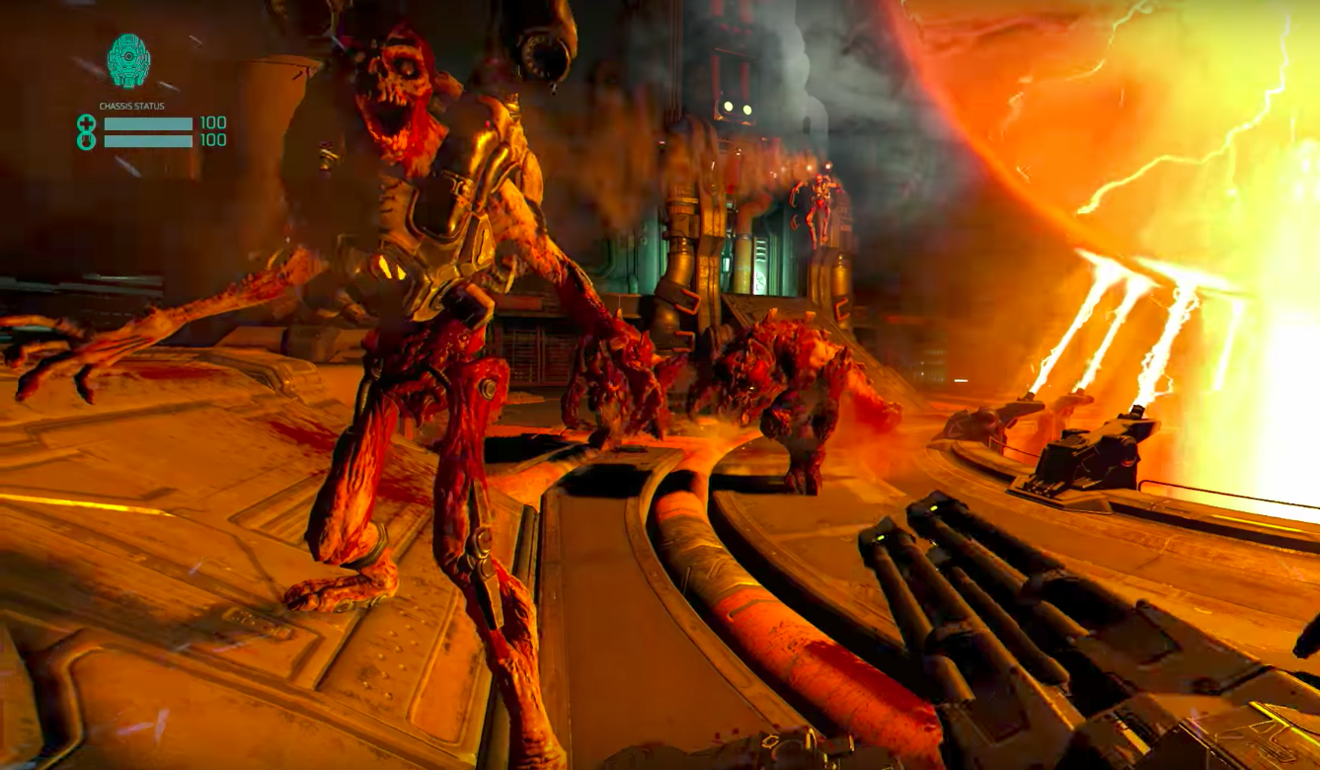
Review | Doom VFR game review: a frustrating experience despite new run-and-gun gameplay
Doom’s first foray into virtual reality avoids the nausea problem, but the complicated control system is off-putting and movement disorienting. Even so, as a stand-alone campaign it’s not bad for a first effort
Id Software
2.5/5 stars
Figuring out how to move around in virtual reality is one of the biggest problems facing the medium. Running and gunning as one would do in Call of Duty is a recipe for nausea, while the disconnect between speeding around a map and being fairly stationary in the living room leaves some gamers looking for the nearest toilet.
Some developers have tried to solve the issue by stuttering the movement. Others have let players mimic the running motion to get around the conundrum.
With Doom VFR (for the PlayStation VR), developer id Software tackles the movement problem with teleportation. It’s a gameplay concept that studios including High Voltage Software used for shooters such as Damaged Core.
It’s a workable solution that lets Doom VFR mimic the run-and-gun gameplay the franchise is known for, but it’s far from perfect. The controls are complicated on PlayStation VR, and that makes the learning curve steep. It’s a clumsy effort, but one that shouldn’t go overlooked. The team deserves credit for creating a fleshed-out stand-alone campaign.

Doom VFR is essentially a prequel that sets up the events in the 2016 Doom reboot. Players take on the role of a UAC researcher who is killed during a demonic invasion on Mars. Fortunately, the survivor’s consciousness is transferred to a robot, and the machine has to find a way to seal the portal to hell.
As the robot, players have the ability to dash in different directions with button presses, but they mostly rely on the teleportation ability to move around. It’s functional, but the problem with Doom VFR is that there’s no way to straighten out the perspective. Players will teleport, and sometimes they’ll be facing in the wrong direction for their intended target.
PUBG, one of 2017’s biggest games, to be released on PS4 – but it could be a while coming
To mitigate this, id Software slows down time whenever players are jumping to a new area. That gives them time to survey their surroundings to find a better spot to move. It also gives players an advantage with aiming in combat. In addition to the time delay, players have shield burst to push back enemies who mob them.

Despite these efforts, playing Doom VFR can be disorienting. Sometimes players will teleport into a wall, and they’ll have to press the 180-degree-turn button to see what’s behind them. Manoeuvring requires that players have the map layout in their mind’s eye, so they can figure out where they are exactly to avoid danger when they blindly teleport.
Game review – Call of Duty: WWII is an overly familiar return to series’ roots
Thankfully, Doom VFR has more than enough content for players to get their virtual-reality sea legs. It does a good job of easing newcomers into the gameplay. The initial mission forces them to clear out the hub, and from there, they take a teleporter to different sections of the research facility as they repair broken sections of the site.
The mission design can be surprisingly varied. Players will be putting out fires or hacking into computer systems. Along the way, they will also uncover secret areas and upgrade nodes that let them increase health, ammo or the length of a time dilation when teleporting. These options give players a nice sense of progress.
PlayerUnknown’s Battlegrounds: Tencent to launch the year’s hottest video game in China
Although players will come across a lot of new content, id Software does recycle some old levels in smart ways. As a robot, players will revisit some sections of the 2016 Doom reboot, but the developers cleverly put it in another context for a fresh perspective while still delivering a bit of nostalgia for hard-core fans.
Doom VFR isn’t the breakthrough that players could be expecting from one of the pioneers of the first-person shooter. The developers at id Software found a way to adapt the run-and-gun gameplay, but the remaining problems make the experience frustrating.

